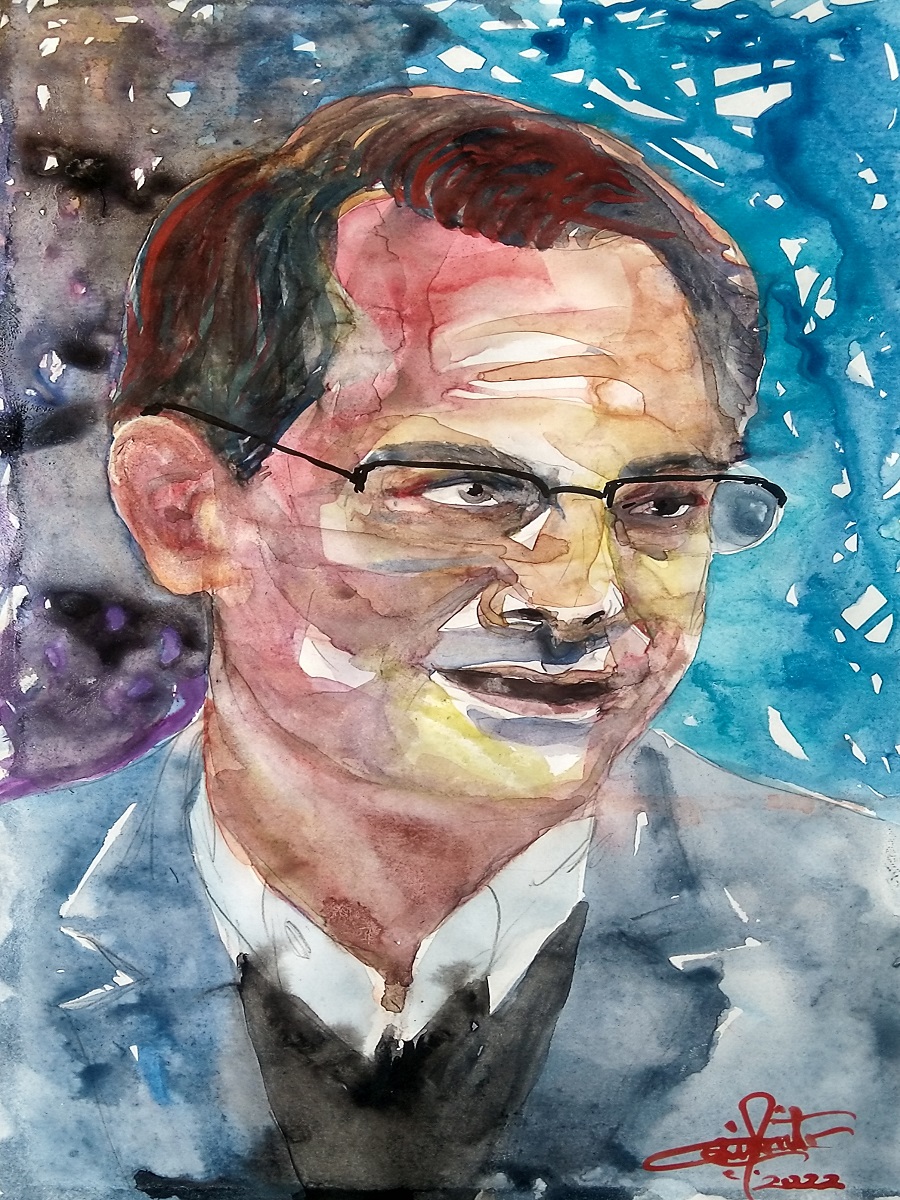Review: Mircea Cartarescu (2022) Solenoid.
Whether literature will save us or not is a poetic question, and the narrator’s prosaic denunciation of its false promises cannot settle the matter one way or another. Towards the end the narrator throws his manuscript into a burning abyss, choosing to save his child with Irina. How then are we left with this lexical arabesque delineating the contours of the possibility space occupied by human consciousness in an indifferent world? Solenoid answers the riddle by positioning itself qua literary work as a noble lie. In successfully reporting the narrator’s choice of the human satisfactions of love and commitment the literary work overcomes its chimerical destiny.







